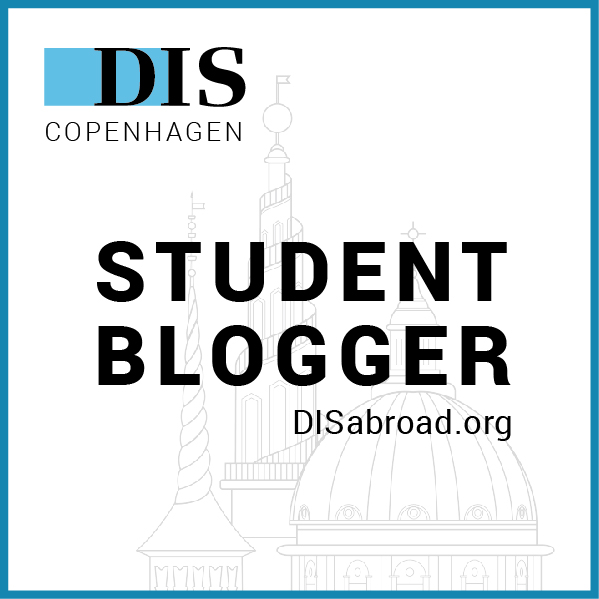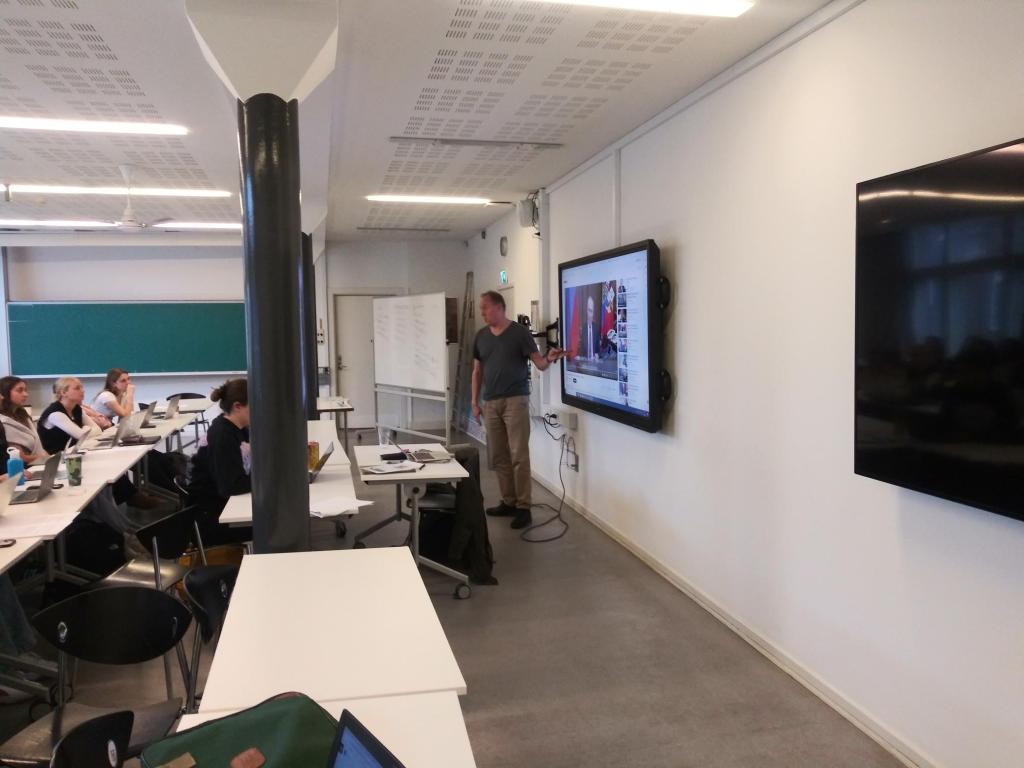“What are the elements of a pro-Kremlin disinformation campaign? There is one underlying strategy; there might be a variety of ways to reach the end goal, but that end goal is the same across the board…there is an element of truth to what is put out (but they are largely exaggerated and warped)…the campaign targets multiple audiences with different messages…and the campaign is unpredictable and can go down many different paths and messages.”
After coming off of our first study break, it was time to go over our recent mid-terms. On this cloudy Thursday afternoon, our esteemed teacher Martin fills the classroom with his usual enthusiasm and humor that make the outside seem as sunny as summer, and all while talking about the different types of warfare that may be found in the modern world; information warfare, cyber warfare asymmetrical warfare, hybrid warfare, new wars, and so much more.

Given the modern perspective of this course, there is one overarching topic for discussion; Russia. Ever since Valery Gerasimov gave his speech to the Russian Military Academy of Science in 2013, called The Value of Science in Foresight, there have been ideas of Russia undertaking a new doctrine in warfare, that being the concept of hybrid warfare. The great irony is that his speech covered his perceptions on how the West conducts warfare in the modern day.
After our review of the midterm answers, our exercise was to find adjectives associated with Vladimir Putin. At first such words as “bully”, “dictator”, “killer”, “aggressive”, and “ruthless” came up, but for this class that is low-picking fruit; we were expected to go further into the realm of articles and books on Putin. Before long, we reached some real meat and potatoes. “Savior”, “no face” (in a big brother sense), “tsar”, “handsome”, “master of puppets”, and, my personal contribution, “chief of the Russian tribe” (my loose estimation of the Russian word вождь). With this word bank on a white board, Martin showed us three videos; one of Putin singing “Blueberry Hill” (yes it’s on YouTube), another of him making his infamous “special military operation” declaration, and one of him receiving questions in German and answering in Russian, thus demonstrating high competency in both languages.

Our understanding of the Russian President now more complete, it was time to get a small taste of the Russian people and society as a whole. We as a class rattled off what we associate with Russia; the Orthodox Church, its history of authoritarian regimes and oppression, the sheer numbers of its military, and some others (while I did not say anything during this time, I would like to allude in this blog to its history of depressingly realist novelists, its stunning traditional architecture, and its own embodiment of “being sent to Brazil” joke; Siberia).

As class ended, I spoke with Martin on the future of Russia and Belarus as they pertain to the future of Europe as a whole. With yesterday’s seminar on the latter and its challenges fresh on everyone’s minds, for me it raised the question; if Belarus, whose opposition largely resides as a united front in Lithuania, will have a long road ahead of it when it comes to joining the European collective in a sociopolitical manner, what of Russia? After a quick but deep discussion on the matter, I left for the Rådhuspladsen metro (the area around which I have a post on!) with one thought; if the road to Brussels (aka the EU) for Belarus starts in Lithuania, the road to Brussels for Russia begins within Russia itself. Yet unlike the shows for European solidarity that Sviatlana Tsikhanouskaya has represented for Belarus, the Russian side for that movement has yet to even form.
What has formed however is a large collection of museums in Copenhagen that is sure to sate any curiosity you might have, from Danish history to the human body. The best part; if you’re lucky enough to be here during the fall, you will get to experience K7, a week (namely the 37th one, so in September) of free admission to over 180 museums throughout Denmark, but more on that next week!


Leave a comment